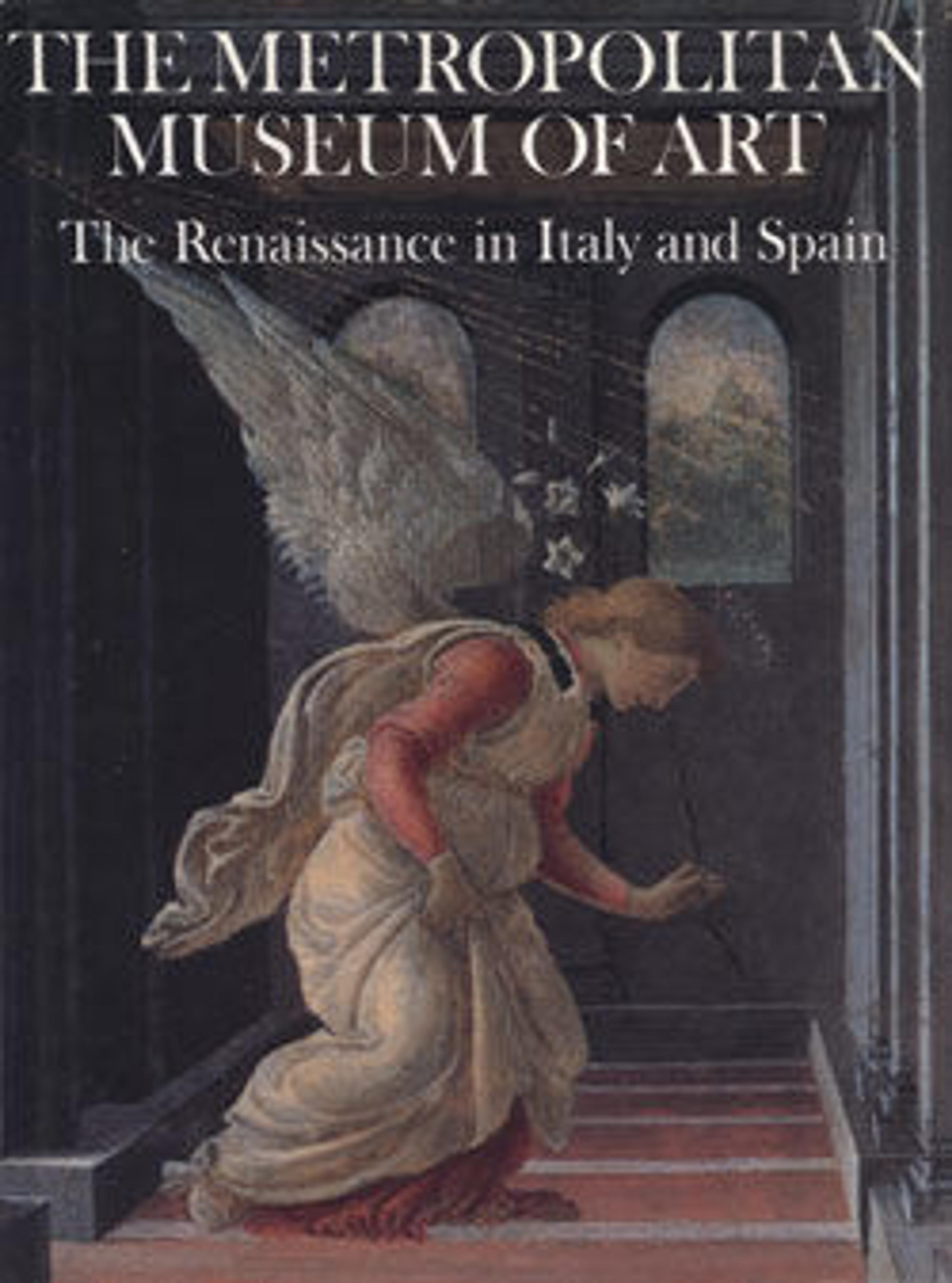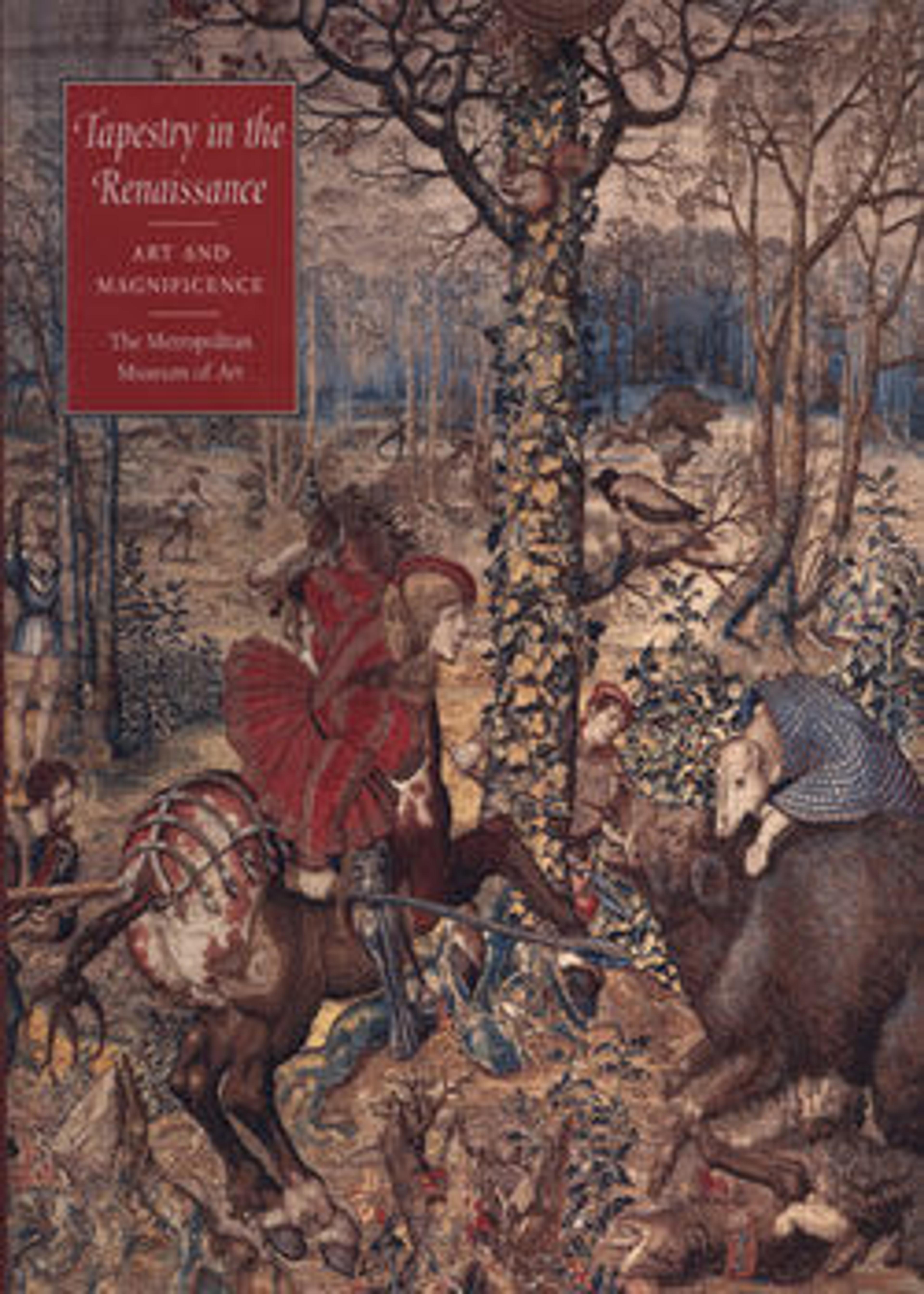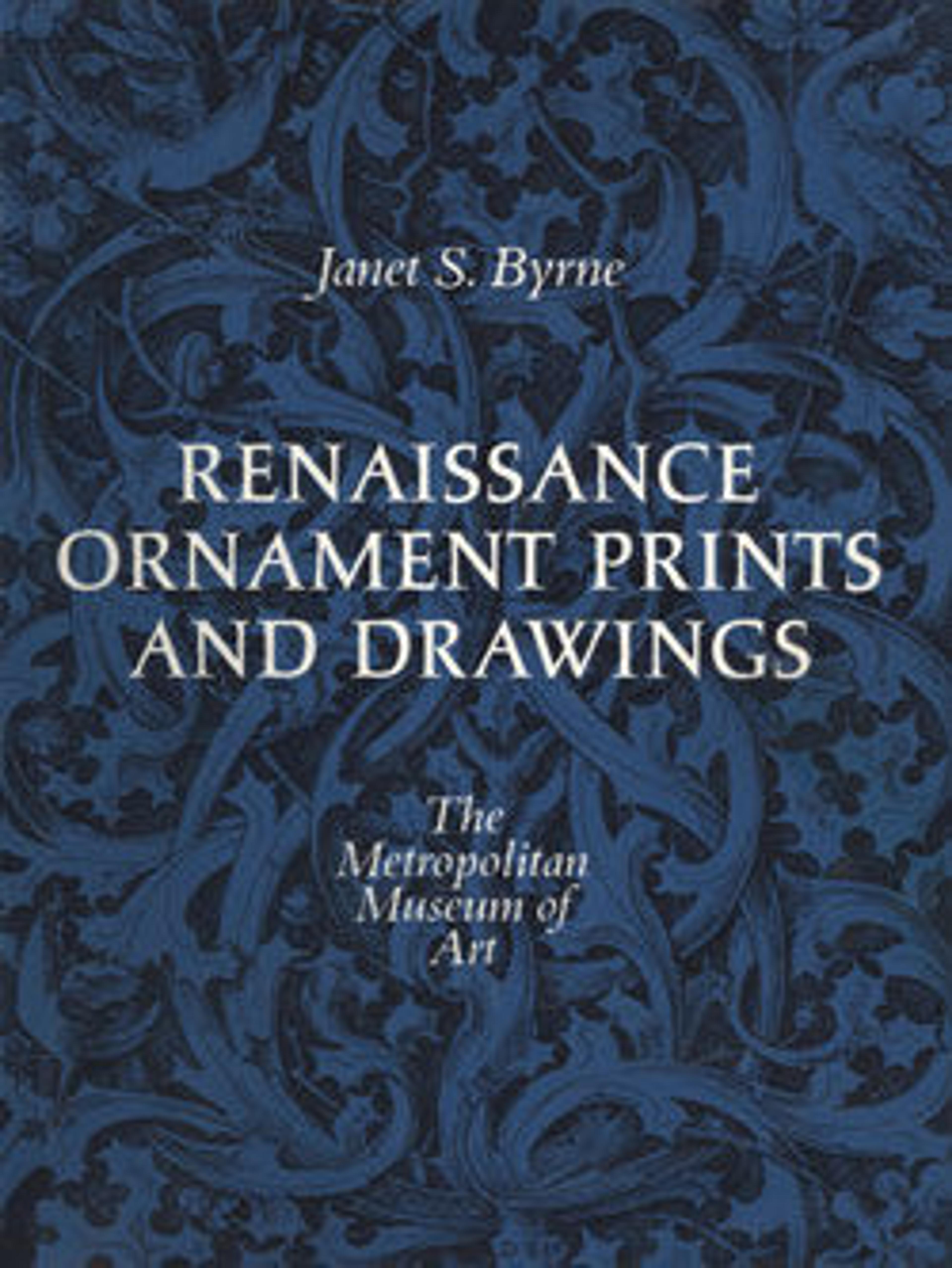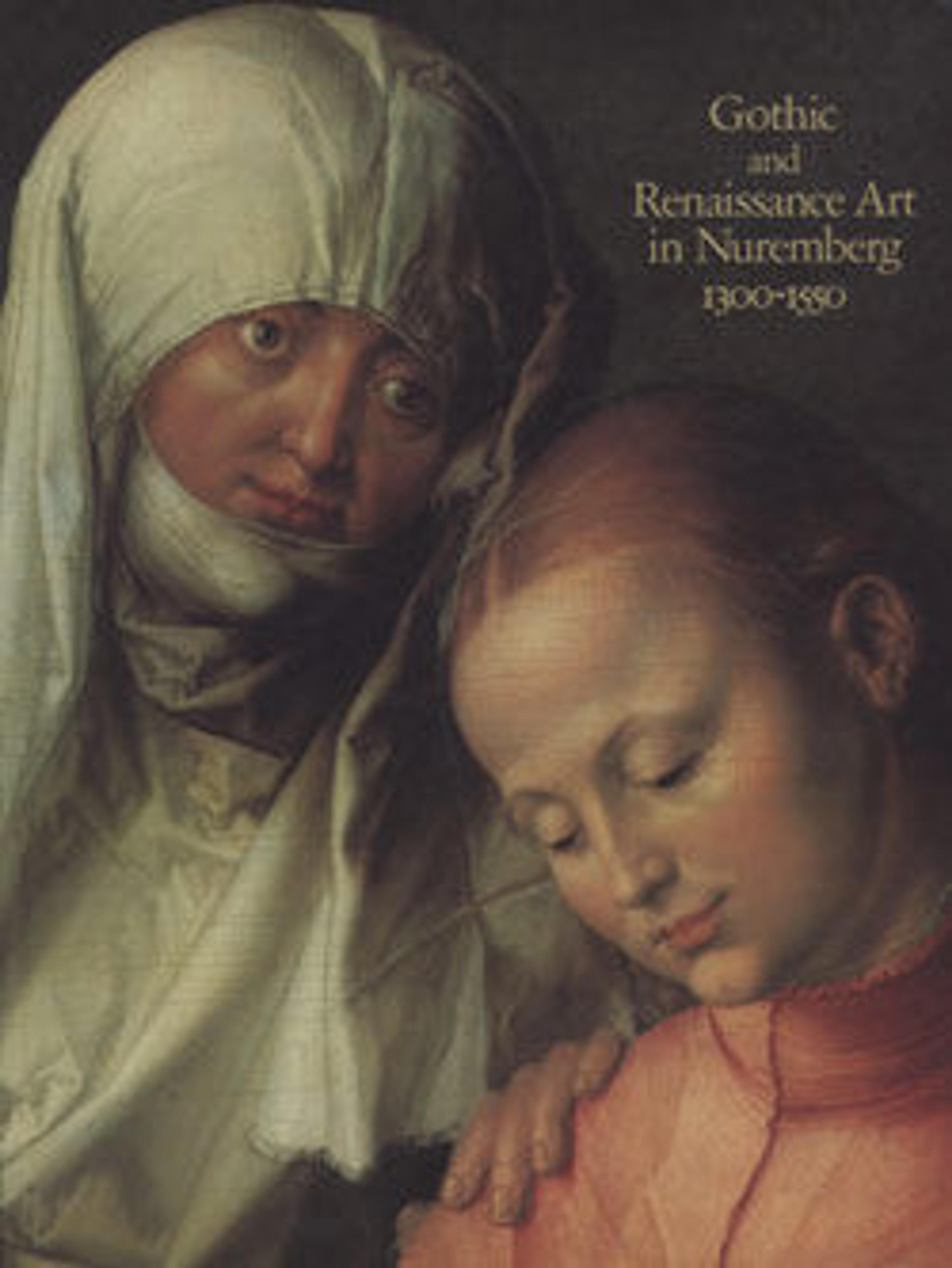
The Metropolitan Museum of Art. Vol. 5, The Renaissance in the North
At roughly the same time that Italian art was beginning to reflect a reawakening of the classical spirit—an epoch and style we call the Renaissance—the arts of Northern Europe were experiencing their own efflorescence. Painting, sculpture, and the graphic arts were pursued with a new vigor in the Netherlands, in Germany, in France, and in England, and resulted in a vast body of work that constitutes one of the glories of Western civilization.
During the fourteenth and fifteenth centuries, the masters of the North developed styles quite distinct from those in the South: an attention to minute detail, particularly with regard to landscape, but also in domestic interiors; and an emotive piety that dramatized the sorrow and suffering of the Passion. Jan van Eyck's Crucifixion and Last Judgment present a horrific vision of the death of Christ and the damnation of sinners, set against a deep and distant landscape, sensitively and realistically rendered. The Lamentation by Petrus Christus addresses the agony of the Passion with unflinching clarity.
By the end of the fifteenth century, artists in Italy and in the regions north of the Alps were becoming more thoroughly aware of each other's work, and during the sixteenth century a truly "Renaissance" spirit infused art throughout Europe. The work of Dürer, Cranach, Holbein, and Massys is informed by the same revival of classical learning that had characterized Italian art for more than a century.
In The Renaissance in the North, the work of the German, Dutch, Flemish, French, and English masters of the fifteenth and sixteenth centuries is explored in more than one hundred reproductions. In addition to such well-known masterpieces as Van Eyck's Crucifixion and Last Judgment, Memling's Tommaso Portinari and Maria Baroncelli, Bruegel's Harvesters, Dürer's woodcut The Four Horsemen of the Apocalypse, Cranach's Judgment of Paris, and Holbein's Erasmus of Rotterdam, this volume includes many lesser-known works in oil and on paper, as well as sculpture, decorative arts, and armor from the collections of The Metropolitan Museum of Art.
Treasures of the decorative arts of Northern Europe include a series of stained-glass panels from Belgium illustrating the Gospels, a Flemish tapestry with allegorical representations of the Twelve Ages of Man, and an example of the famous hafnerware from Germany. A sumptuously painted double virginal, made in Antwerp in 1581, is one of many examples of musical instruments created in the North that are reproduced in this book. The strikingly decorated armor of the period is illustrated by a German parade helmet, an elaborate backplate and hoguine, and two full suits of armor—one from France, the other from England.
James Snyder, professor of art history at Bryn Mawr College and author of Northern Renaissance Art: Painting, Sculpture, the Graphic Arts from 1350 to 1575, provides an introduction to this volume. Professor Snyder explores the distinctive nature of the Northern Renaissance and explains the circumstances in which it flourished. He points out how the north and south of Europe came to share many of the same techniques and styles, and how, during the sixteenth century, a new art emerged in Europe that reflected the individuality of the nations in which it was created and the cross-cultural influences that made it distinctively Renaissance.
Met Art in Publication
You May Also Like
Press the down key to skip to the last item.
Citation
Metropolitan Museum of Art (New York, N.Y.), and James Snyder, eds. 1987. The Renaissance in the North. New York: The Museum.




